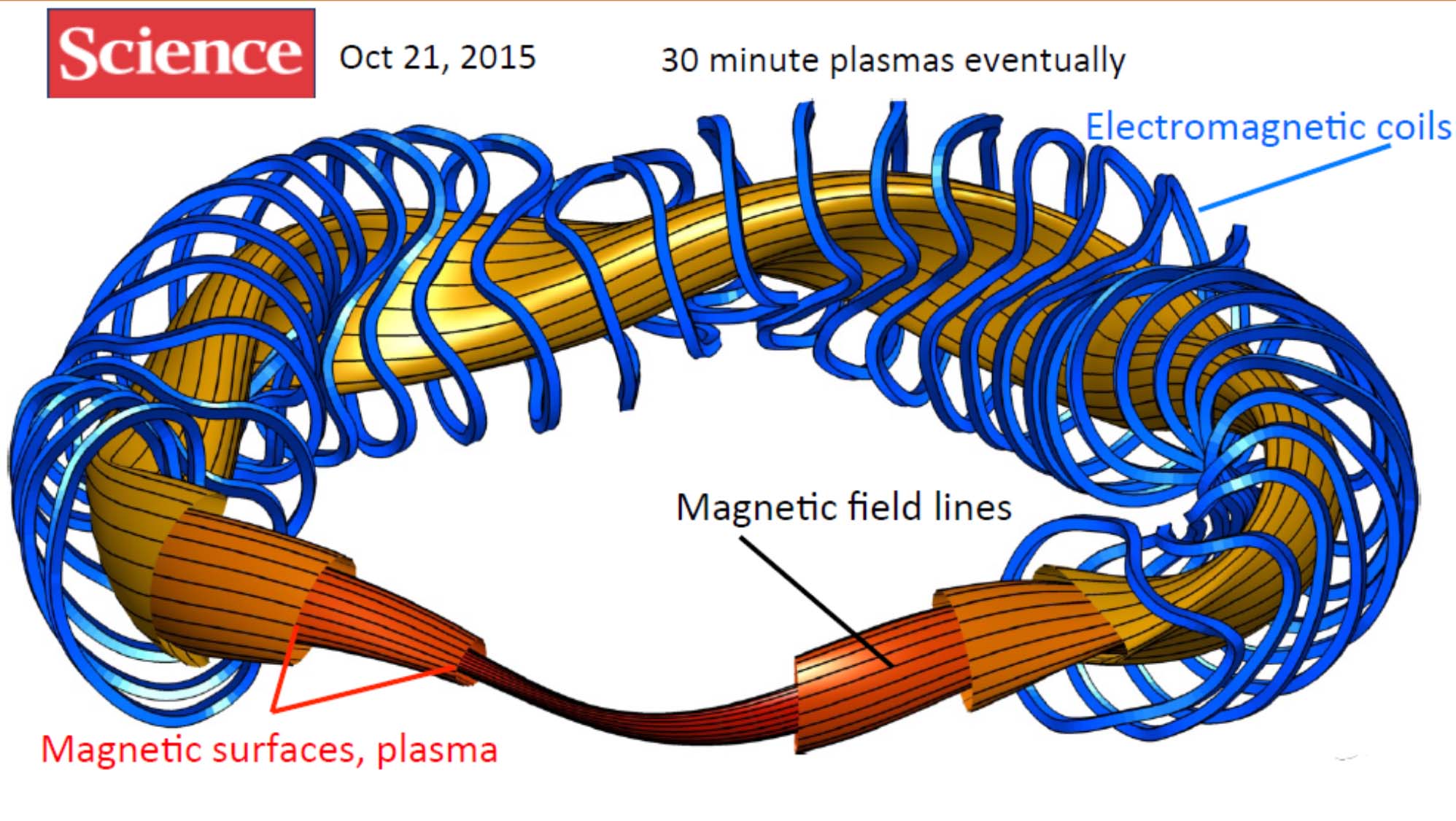ANU secures grant with the Simons Foundation on fusion energy

The ANU, in collaboration with Princeton University, Cornell University, Max Planck Institute for Plasma Physics Greifswald, New York University, Columbia University, University of Maryland, University of Texas (Austin), Warwick University and the University of Colorado, Boulder, has won a prestigious Simons Foundation grant “Hidden Symmetries and Fusion Energy”.
The project, valued at $US2m per year for four years and led by Princeton University, aims to develop the optimal design principles of the fully 3D stellarator class of toroidal magnetic confinement devices.
Over the last few decades, a new concept in the design of stellarators has emerged — the remarkable discovery that it is possible to design 3D magnetic confinement systems that can have the same confinement virtues as 2D (axisymmetric) systems such as a tokamak while overcoming some of the inherent drawbacks of the latter. Toroidal magnetic confinement systems are a lead contender to confine fusion plasmas at superhot temperatures (~100million degrees C) needed to initiate fusion reaction and produce power.
This project encompasses mathematical and computational problems of great complexity and subtlety, straddling optimization theory, plasma physics, dynamical systems and the analysis of partial differential equations. Deliverables will include a modern stellarator optimization code that can exploit the full power of petascale and exascale computers and a few optimal designs of next generation stellarator experiments.
As part of the project, ANU will coordinate the development of new approaches to computing 3D Magnetohydrodynamics (MHD) equilibria, their stability and evolution under the newly ANU developed action-based Multiple Relaxed region MHD (MRxMHD) dynamics, as well as the symbiotic interaction between numerical experimentation and rigorous mathematics.
For more information, contact Associate Professor Matthew Hole.
